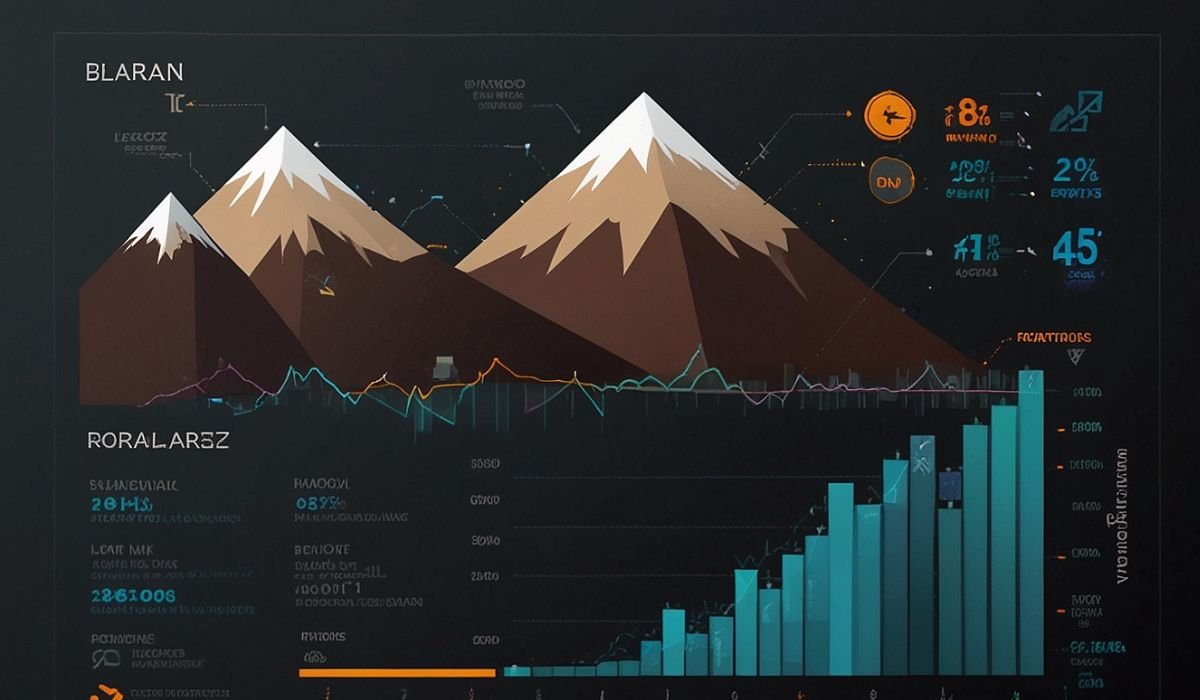Getting a business insurance quote online used to feel like filling out tax forms – confusing, time-consuming, and somehow always missing crucial information. But here’s the thing: the insurance world has finally caught up with the digital age, and honestly, it’s about time. Today’s online platforms can give you accurate quotes in minutes, not days. You’ll need your business details, revenue figures, employee count, and industry classification ready. Most insurers now use sophisticated algorithms that assess risk factors instantly, pulling data from multiple sources to create personalized coverage recommendations. The key is knowing which information matters most and how to present your business in the best light while staying completely honest.
Understanding What Insurers Actually Want to Know
Look, insurance companies aren’t trying to make your life difficult – they just need to understand your risk profile. And honestly, once you know what they’re looking for, the whole process becomes way less mysterious.
Your industry classification matters more than you might think. A graphic design studio and a construction company might both be “small businesses,” but they face completely different risks. The NAICS code system helps insurers categorize your business type, and getting this right from the start saves everyone headaches later.
Revenue numbers tell a story about your business size and potential liability exposure. Don’t try to lowball these figures thinking it’ll get you cheaper rates – insurers have ways of verifying this information, and inconsistencies just slow everything down.
Employee count affects your workers’ compensation needs and general liability calculations. Include part-time workers and contractors you regularly use, because coverage gaps here can come back to bite you later.
The Smart Way to Compare Multiple Quotes
Here’s something most people don’t realize: not all insurance quotes are created equal. You might get wildly different prices for what looks like the same coverage, and that’s not always about one company being cheaper than another.
Some insurers specialize in certain industries and offer better rates for businesses they understand well. A tech company might get amazing rates from an insurer that focuses on professional services, while that same company might quote sky-high prices for a restaurant.
Policy limits and deductibles can make quotes look dramatically different even when the underlying coverage is similar. A $1 million liability policy with a $500 deductible costs more upfront than the same coverage with a $2,500 deductible, but that doesn’t necessarily make it a worse deal.
The application process itself reveals a lot about how an insurer operates. Companies with streamlined, user-friendly online systems usually handle claims the same way. If getting a quote feels like pulling teeth, imagine what filing a claim might be like.
Timing Your Quote Requests for Better Results
Insurance rates fluctuate more than people think, and timing can work in your favor if you’re strategic about it. Most business insurance policies renew annually, which means insurers often have capacity targets they’re trying to hit at certain times of year.
The last quarter of the year typically sees more competitive pricing as insurers try to meet annual goals. But don’t wait until your current policy expires – start shopping 60 to 90 days before renewal to give yourself negotiating room.
Market conditions affect pricing too. After major disasters or economic uncertainty, rates tend to increase across the board. During stable periods, insurers compete more aggressively for new business.
Your business’s loss history follows you, but its impact changes over time. Claims from more than five years ago carry less weight, and some minor incidents drop off entirely after three years.
Making Your Business Look Less Risky on Paper
This isn’t about being dishonest – it’s about presenting your business’s risk management efforts in the best possible light. Insurers love businesses that take safety seriously, and there are concrete ways to demonstrate this.
Safety certifications and training programs show insurers you’re proactive about preventing problems. OSHA compliance documentation, employee safety training records, and industry-specific certifications all help reduce your perceived risk level.
Security measures matter too, especially for businesses with physical locations or valuable equipment. Alarm systems, security cameras, and controlled access systems all factor into rate calculations.
Financial stability indicators like clean credit reports, consistent revenue growth, and proper accounting practices suggest you’re less likely to let insurance coverage lapse or file fraudulent claims.
Regular maintenance and inspection records demonstrate that you maintain your property and equipment properly, reducing the likelihood of preventable losses that could lead to claims.
READ ALSO: Why Small Businesses Need Integrated Payroll and HR Systems










